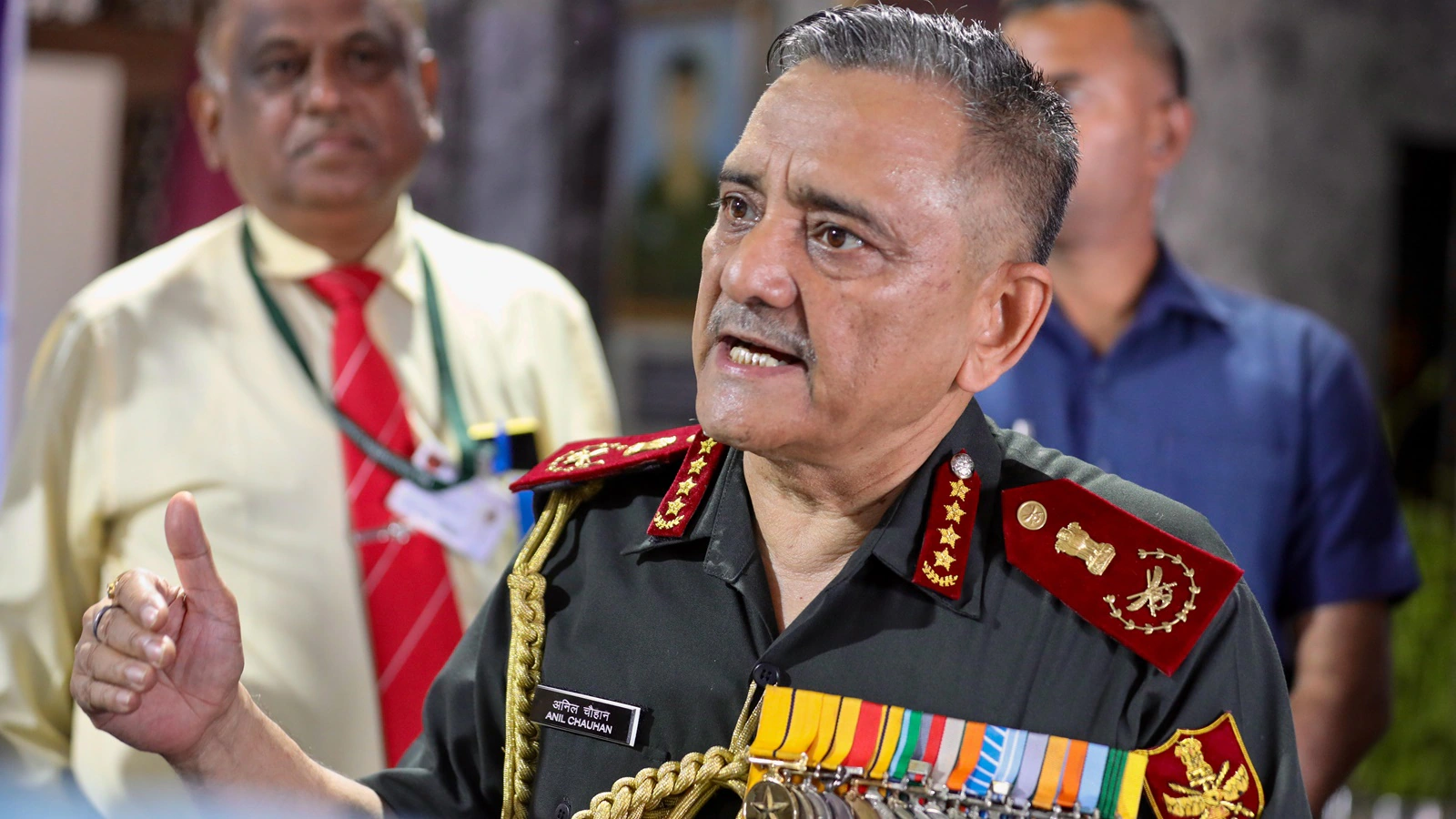Global diplomatic and commercial circles have been greatly impacted by US President Donald Trump’s announcement that a 25% tariff would be imposed on all imports from India.
One of the most extensive and harsh trade measures the US has taken against a significant partner in recent years, the policy was formalized by presidential order on July 30, 2025, and is scheduled to go into force on August 7, 2025.
The new directive requires a 25% levy with no exceptions for any sector of Indian exports, in contrast to previous US tariff moves that frequently permitted sectoral or product-level exemptions (such as those for pharmaceuticals, electronics, and energy products).
The Trump administration’s justification is based on the US-India trade deficit, which was $45.7 billion in 2024, as well as ongoing grievances about India’s high tariffs, which Trump claims are among the highest in the world, and non-monetary trade barriers.
“Over the years, we have done relatively little business with them because their tariffs are far too high, among the highest in the World, and they have the most strenuous and obnoxious non-monetary Trade Barriers of any Country,” Trump said in public remarks, highlighting his displeasure with what he perceives to be a protectionist Indian trade policy.
This change in policy is also directly related to India’s continued defense and commercial ties with Russia. In his scathing remarks on Truth Social, Trump claimed that he could care less about India’s trade with Russia and that “they can take their dead economies down together, for all I care.” Very little business has been conducted between India and us. Similarly, there is hardly any business between the United States and Russia. Let’s maintain it that way. In addition to the tariffs, Trump’s directive mentions an undisclosed “penalty” as additional reprimand for India’s strategic alliances with Moscow, especially in the areas of energy and military acquisition.
The ramifications for India are dire. Compared to rivals like China, which maintain exemptions for pharmaceuticals, semiconductors, and energy exports under the present US trade regime, Indian exporters are at a clear disadvantage due to the 25% blanket tariff, which has no exemptions for crucial industries.
Accordingly, the Global Trade Research Initiative projects that Indian exports to the US may drop by as much as 30% in FY2026 (from $86.5 billion to $60.6 billion), with the most significant effects anticipated in important industries like textiles, engineering goods, electronics, medicines, and petroleum. Furthermore, a 20% special tax will be applied to rival exporting countries like Bangladesh, Vietnam, Sri Lanka, and Taiwan, increasing the proportional burden on Indian exports.
Indian authorities have reacted cautiously. India will “take all steps for the nation’s interest” while pursuing a fair and balanced solution through continued negotiations, according to Commerce Minister Piyush Goyal, who spoke to Parliament and said that the government is “studying the implications of Trump’s announcements.” According to reports, Goyal and External Affairs Minister S. Jaishankar met, demonstrating how seriously India is handling the trade escalation.
India has seen a range of political reactions. The present government’s alleged subordination to US interests has been criticized by opposition figures, including Congress MP Imraan Masood, who has framed the tariff escalation as a diplomatic failure and an insult to national pride.
Others have described the action as “disappointing,” but they hope for a negotiated resolution and renewed engagement. One such individual is Dr. Ajay Sahai, Director General of the Federation of Indian Export Organizations.
Globally speaking, this increase is consistent with a larger trend in US trade policy, as newly announced “reciprocal tariffs” that affect 68 nations and the EU range from 10% to 41%, depending on the target country. India stands out for being subjected to the harshest penalties with no sectoral relief offered, whilst other countries have been able to secure exclusions or gentler terms.
The US-India trade relationship underwent a sea change when the US imposed a 25% tariff. It creates serious diplomatic difficulties, threatens to drastically lower India’s export competitiveness in its biggest market, and paves the way for perhaps drawn-out negotiations or retaliatory measures in the context of international commerce.
As they work to protect their respective economic and strategic interests, both administrations seem ready for a contentious, high-stakes engagement.

